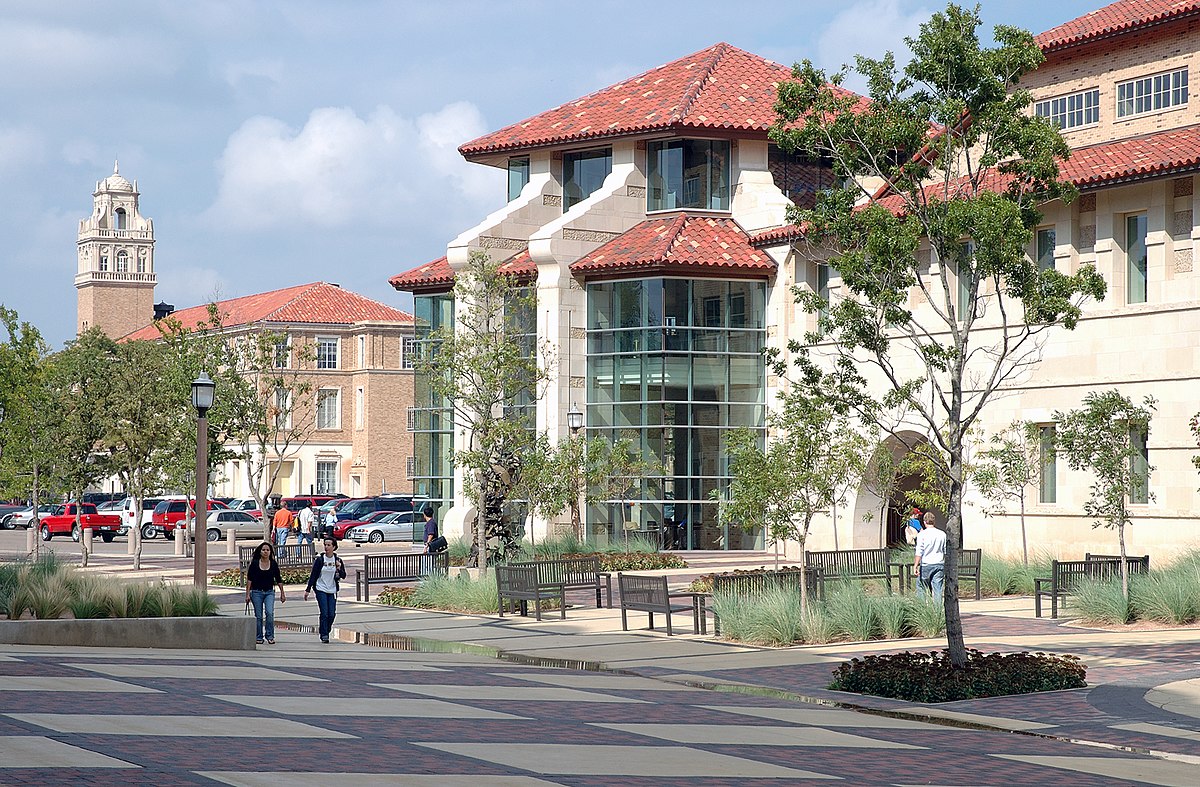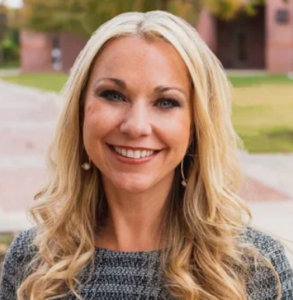US PREP begins by rethinking the role of prep programs’ student teaching supervisor. It moves programs away from the standard approach of one group of faculty who teach and another group of part-time supervisors who oversee student teaching. This status quo approach often lacks interaction between the two groups and provides no clear ownership for building partnerships, selecting and training cooperating teachers, or establishing a feedback loop between student teaching evaluations and coursework. Instead US PREP works with prep programs to transform the traditional clinical practice supervisor into a “site coordinator” role, which is responsible for collaborating with faculty and school districts and for overseeing a cohort of candidates.
Sarah Beal shares that the greatest lesson she has learned through this work is about redefining roles within partnerships:
“This work [of effective clinical practice] requires transformation. Unless you think differently about roles and responsibilities, partnership with educator preparation programs and school districts won’t be scalable or sustainable. Otherwise this work just becomes an add-on to someone’s role; it has to be prioritized.”Sarah Beal, Executive Director
US PREP helps prep programs establish partnership agreements with districts that have clear roles, responsibilities, and structures for frequent check-ins that are grounded in data and focused on candidate performance.
Stipends for student teachers
Part of US PREP’s goal is to make the residency experience financially feasible for candidates. District partners are involved in reallocating funding from their budgets to find money for stipends. This reallocation often involves assigning student teachers to serve in additional roles such as paraprofessional and substitute. Beal notes that there’s now an average of 115 school districts across Texas that are paying residents an average of $18,000 per year.
Recruiting cooperating teachers starts with choosing the right schools
In its work with prep programs, US PREP emphasizes that effective cooperating teachers are an essential component of strong clinical experiences, often citing research about the benefits of pairing student teachers with effective cooperating teachers (including much of the research in NCTQ’s Clinical Practice Framework Research Rationale). While these strong placements are still not universal, US PREP has seen a great deal of improvement in districts and prep programs better considering teachers’ effectiveness when recruiting cooperating teachers.
However, before focusing on cooperating teachers, US PREP encourages prep programs to start by thinking about placement schools. One of the early stages of the collaboration between prep programs and their partner school districts includes selecting the right schools (see US PREP’s example school selection criteria here), and US PREP asserts that a top criterion should be whether that school has enough teachers who could serve as mentors. It looks to place two to three residents in each school; if the school does not have enough effective cooperating teachers, that may not be the right school. When the prep program and district partners remain eager to place student teachers in a school without enough highly effective cooperating teachers, US PREP encourages them to consider how they can mitigate this challenge over time, since the ultimate goal is to place the most prepared teachers with the students who most need strong teachers.
Outcomes
While US PREP continues to examine its model through longer-term studies in coordination with the Education Policy Center at EPIC, its research to date finds positive impacts on student achievement, retention, and perspectives of teacher candidates.1 US PREP is working on expanding its ability to measure outcomes. It already has data-sharing agreements in place with all of its partner teacher prep programs and is now entering into a data-sharing agreement with the state of Texas.
Many prep programs and districts who work with US PREP collect their own data locally as well, tracking retention, observation scores, and in some cases student achievement data.
The University of Texas El Paso (UTEP) is one success story Beal is especially proud of. In 2020, the El Paso region needed to think differently about its teacher prep pipeline, as many new teachers felt unequipped to succeed in the classroom. In one discussion, novice teachers invited to share their experiences were in tears, sharing that, ”I really wasn’t prepared for the first year of teaching.” UTEP began piloting a residency program with two districts, and scaled up to seven districts over the next few years. Partner districts sought to pay residents, and so began to rethink their school budget models, allowing residents to fulfill school staff roles and get paid while completing their residency. The overhaul of their clinical experience worked: just four years into the program, nine out of 10 teachers are staying in the classroom for four years. Evaluators comparing candidates from other pathways versus residents are seeing a positive difference in their observation scores. And across the region, respect for the El Paso region has improved substantially. The next step they are working on is measuring the impact of the program on student learning.
Advice
US PREP suggests that prep programs take the following steps to transform their approach to clinical practice:
- Establish a site coordinator role: Under the US PREP model, the institution designates a full-time clinical faculty member who serves as the site coordinator for a cohort of 15 to 20 residents in a district and also teaches program courses. This coordinator is responsible for the partnership governance meetings. After piloting with one district, institutions can scale the approach to more districts and more site coordinators; for example, Texas Tech has 32 districts and site coordinators.
- Identify funding for the site coordinator role: When US PREP works with programs, it asks them to outline their current overall budget for supervision and clinical experience and then identify where they may be able to make some cuts or find cost savings by rethinking department structures. This process is challenging but essential.
- Convene district and teacher prep program governance meetings with routine agenda items: The site coordinator holds quarterly governance meetings with the district. Consistent items on the agenda include performance assessments of candidates and sharing data from those assessments, data from mentor teachers, and data from the districts. These meetings give districts voice and agency in shaping the prep program’s curriculum.
Resources
Partnership resources
All focus areas
References
- US PREP. (2024). Transforming teacher preparation through residencies and strategic staffing. https://irp.cdn-website.com/30f69313/files/uploaded/USPREP_Short%20Pub_Strategic%20Staffing%20(1).pdf

